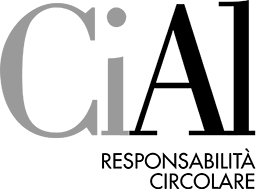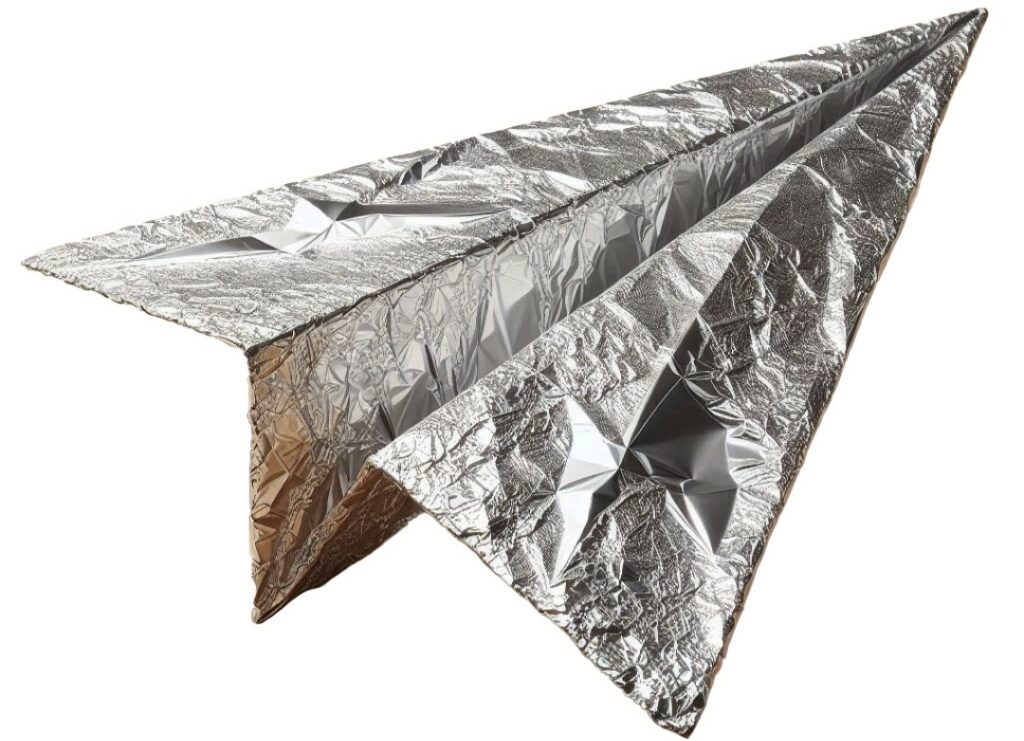Italy largely exceeds the EU 2025 targets on aluminium recycling: 68.2% recycling rate and over 442,000 tonnes of CO₂ saved in 2024.
More than 71% of aluminium packaging will be recovered by 2024, against a growth in the amount of aluminium placed on the market (+8.5%) and the extension of the reporting criteria introduced by the new European standards.
Milan, 12 May 2025 – An efficient, capillary collection system that is among the most virtuous in Europe: this is the Italian system for the recycling of aluminium packaging, which in 2024 not only confirms full achievement of the EU targets for 2025 (50%), but also anticipates once again those set for 2030 (60%).
This is confirmed by the data presented during the Annual Public Meeting of CIAL – Consorzio Nazionale Imballaggi Alluminio (National Consortium for Aluminium Packaging), an occasion at which the renewal of the Board of Directors and the reappointment of Bruno Rea as President of the Consortium were made official.
The figures for 2024 in Italy
Apparent decline, real growth and efficiency.
In 2024, the recycling rate of aluminium packaging stood at 68.2%, but still close to the 70% average of recent years, with an overall recovery of 71.7%. The slight decrease of two percentage points compared to 2023 does not reflect a worsening of performance, but is linked to the expansion of the reporting boundary provided for by the new European standards, which also include aluminium in composite packaging. A methodological change that modifies the historical comparison and marks the beginning of a new measurement standard. Data that confirm that the supply chain is capable of satisfactorily absorbing increasing quantities of input (+8.5% compared to 2023) thanks to a collection, selection and treatment system now consolidated throughout the country.
On the beverage cans front, Italy is also among the most efficient countries in Europe. The recycling rate for this specific type of packaging stands at 86.3%, compared to +7% in the quantities actually recycled and a significant +16% in the amount released for consumption. A result which, although showing a percentage decrease compared to the previous year (-8%), certifies the efficiency and reactivity of the national system, capable of promptly managing a significant increase in volumes. These performances are comparable to those of European countries with deposit systems, confirming the validity and reliability of the Italian model based on separate collection.
The environmental value of recycling: less emissions, more energy saved
The recycling of aluminium packaging represents one of the most significant contributions to the ecological transition. In 2024, thanks to the recycling of over 62,400 tonnes of packaging, the emission of about 442,000 tonnes of CO₂ equivalent was avoided and energy savings of 197,000 tonnes of oil equivalent were achieved.
The recycling of aluminium packaging represents one of the most significant contributions to the ecological transition. In 2024, thanks to the recycling of over 62,400 tonnes of packaging, the emission of about 442,000 tonnes of CO₂ equivalent was avoided and energy savings of 197,000 tonnes of oil equivalent were achieved.
A virtuous result made possible by the extraordinary efficiency of aluminium: the recycled metal requires only 5% of the energy needed to produce primary aluminium. An environmental advantage that transforms every used packaging into a reusable energy reserve. Aluminium recycling, therefore, confirms itself not only as a sustainable choice, but as a concrete investment in terms of reducing climate-altering emissions, saving natural resources and energy efficiency.
A widespread and strategic territorial presence for the environment
The consortium system continues to strengthen its capillary presence throughout the country, with 432 active agreements and coverage that now reaches 78% of the Italian population and 70% of municipalities. The number of inhabitants served grows in all macro-areas – North, Centre and South – confirming the solidity of the partnerships with local operators and the ability to operate effectively even in small towns. This capillary territorial coverage is a key element that allows the CIAL system to collect, select and recycle large volumes of aluminium, generating significant environmental benefits.
‘The 2024 data confirm the solidity and maturity of the Italian model of aluminium packaging management, among the most virtuous and efficient in Europe. Even in the face of the adjustment to the new European calculation criteria – which broaden the perimeter of the input to include aluminium in composites – the supply chain continues to guarantee high performance, with absolute volumes of recycled material in constant growth. A concrete example: against a per capita consumption of about 1.45 kg of aluminium packaging, our system manages to recover and valorise over 1 kg per citizen. This is a result of cooperation between citizens, institutions and businesses, which shows how it is possible to combine environmental sustainability, economic effectiveness and social inclusion. It is now important for European policies to recognise and enhance the already consolidated models, rewarding those who achieve results through innovation, shared responsibility and efficient supply chain governance,’ underlines Carmine Bruno Rea, President of CIAL.
Consortium bodies renewed
During the Annual General Meeting, the Board of Directors of CIAL, called to lead the Consortium for the three-year period 2025-2027, was renewed. The new Board, an expression of the plurality and representativeness of the entire aluminium supply chain, reflects the consortium system’s commitment to an increasingly innovative, transparent and sustainability-oriented model.
The following have been appointed:
-Chairman: Carmine Bruno REA.
-Vice Chairman: Francesco BOVE.
-Councillors: Giorgio ANGELINO, Laura BASILE, Carmine REA, Francesco BOVE, Maximiliano NESTLER, Andrea SENESI, Giulia MICELI, Alessandro DELLA VALLE, Marco RAVAGNANI.
CIAL figures in 2024
- 242 member companies.
– 434 affiliated operators, 209 platforms and 11 smelters throughout Italy guarantee the collection, treatment, recycling and recovery of aluminium.
– 5,540 municipalities (70% of Italian municipalities) collaborate with CIAL in the separate collection of aluminium packaging, under the Anci-Conai Framework Agreement, throughout the country. - A total of 45.8 million citizens are involved (78% of the Italian population served).
– Quantity of aluminium packaging placed on the Italian market: 91,500 tonnes.
– Recycling of 62,400 tonnes of aluminium packaging.
– Total recovery of aluminium packaging in Italy (share of recycling + share of packaging sent to energy recovery): 65,600 tonnes.
– Recycling: 62,400 tonnes of aluminium packaging, equal to 68.2% of the market.
– Energy recovery: 3,200 tonnes (share of thin packaging going to waste-to-energy).

